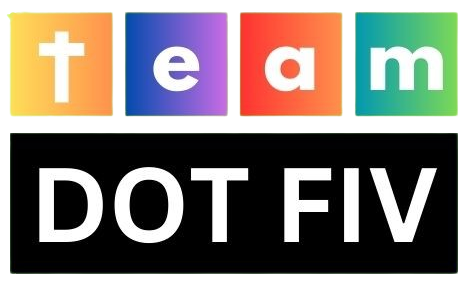For many aspiring homeowners, navigating the intricacies of home financing can be a daunting task. One aspect of the process that often raises questions is Private Mortgage Insurance (PMI). Understanding the role of PMI in homebuying is crucial, especially for those who may not be able to afford a large down payment. In this blog post, we’ll explore what PMI is, why it’s required, how it works, and its implications for homebuyers.
1. What is PMI?
Private Mortgage Insurance (PMI) is a type of insurance that protects lenders in the event that a borrower defaults on their mortgage loan. PMI is typically required when the borrower makes a down payment of less than 20% of the home’s purchase price. It’s important to note that PMI benefits the lender, not the borrower, but it enables borrowers to obtain a mortgage with a smaller down payment.
2. Why is PMI Required?
Lenders require PMI for loans with down payments of less than 20% to mitigate the risk of default. A larger down payment provides a cushion of equity for the lender, reducing the likelihood of financial loss if the borrower defaults on the loan. PMI serves as a safeguard for lenders by providing additional protection against potential losses in the event of foreclosure.
3. How Does PMI Work?
PMI is typically paid as a monthly premium that is added to the borrower’s mortgage payment. The cost of PMI varies depending on factors such as the loan amount, down payment size, and borrower’s credit score. The premium is usually calculated as a percentage of the loan amount and can range from 0.3% to 1.5% annually.
Once the borrower’s equity in the home reaches 20% (either through appreciation, principal payments, or a combination of both), they may request to cancel PMI. However, some loans require PMI to be automatically canceled once certain conditions are met, such as reaching 22% equity based on the original purchase price.
4. Implications for Homebuyers
While PMI allows borrowers to purchase a home with a smaller down payment, it adds an additional cost to homeownership. Borrowers should carefully consider the cost of PMI when budgeting for their monthly mortgage payments. Additionally, PMI does not protect the borrower in any way – it solely benefits the lender. Therefore, borrowers should aim to build equity in their homes as quickly as possible to eliminate the need for PMI and reduce their overall housing costs.
5. Alternatives to PMI
There are alternatives to PMI for borrowers who are unable to make a 20% down payment. Some lenders offer lender-paid mortgage insurance (LPMI), where the lender pays the PMI premium in exchange for a slightly higher interest rate. Another option is to explore government-backed loan programs, such as FHA loans or VA loans, which have their own mortgage insurance requirements but may be more accessible to borrowers with smaller down payments.




